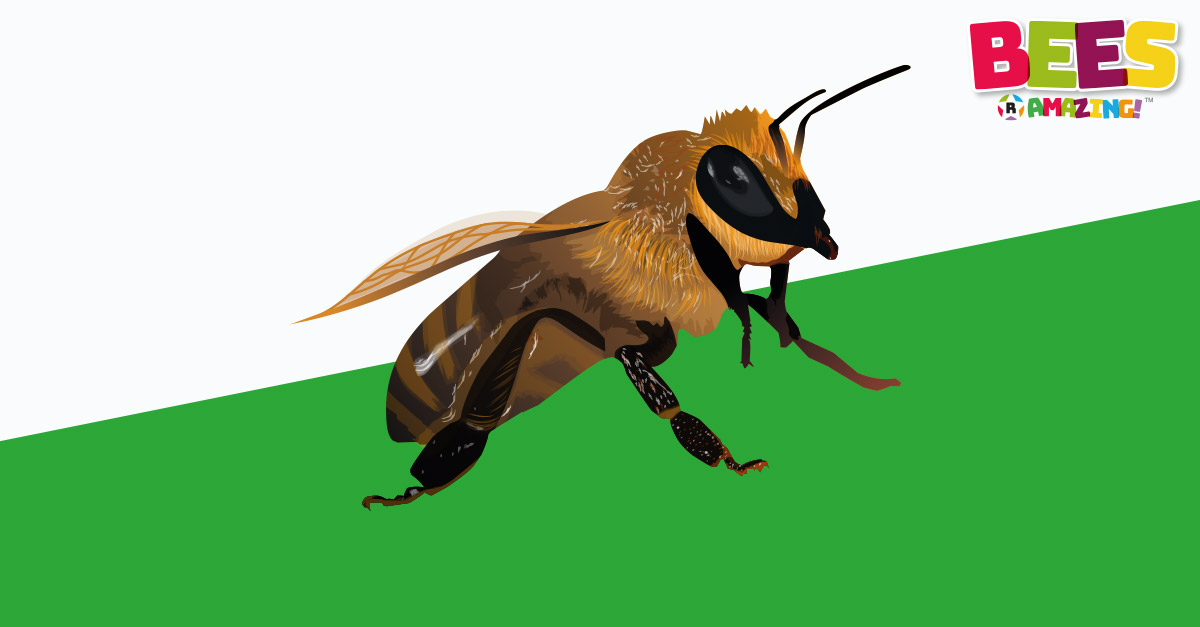
When it comes to bees, you may wonder what all the buzz is about. The rapid wing beats of bees create vibrations in the air that the human ear detects as buzzing.
The bigger a bee is, the slower its wings beat. The slower its wings beat, the lower the pitch of the buzzing will sound.
Buzzing isn’t just for show, however — it also serves an important purpose. When certain species of “buzz-pollinating” bees, such as bumblebees, visit a flower, the buzzing and vibrations of their wings and bodies cause pollen to shake off the flower.
The pollen then attaches to the bee’s body and is deposited on the next flower the bee stops to visit. This transfer of pollen from flower to flower is called “pollination.”
Bees play such an important role in pollination that some plants — such as blueberries, green peppers and tomatoes — have adapted to help make the process easier for buzzing bees. Bumblebees pollinate these crops much more efficiently than “non-buzzing” bees, such as honeybees.
So the next time you find yourself snacking on a handful of blueberries — thank a bumblebee!
The above article was originally published on wonderopolis.org

